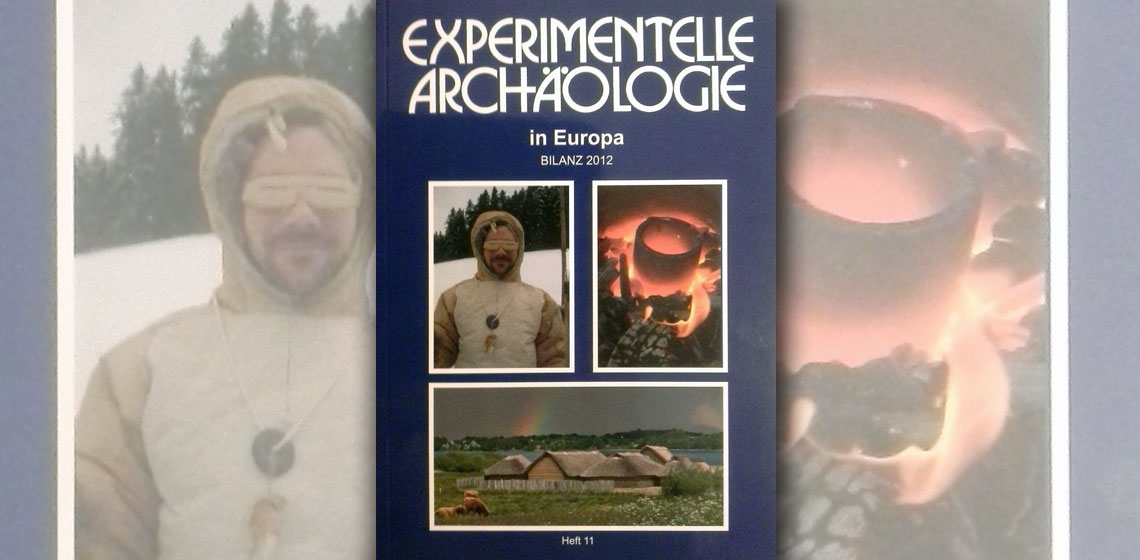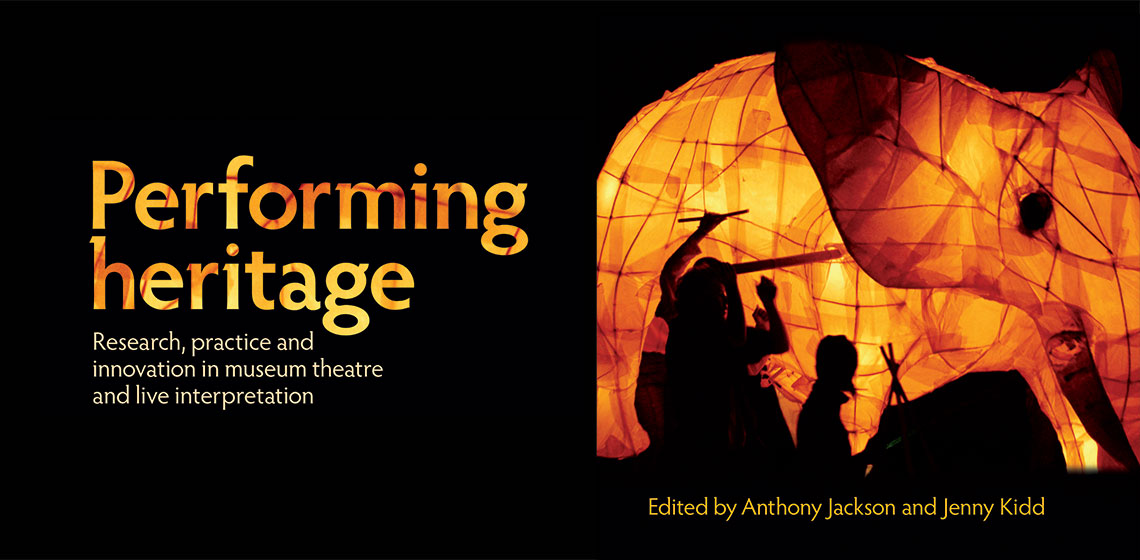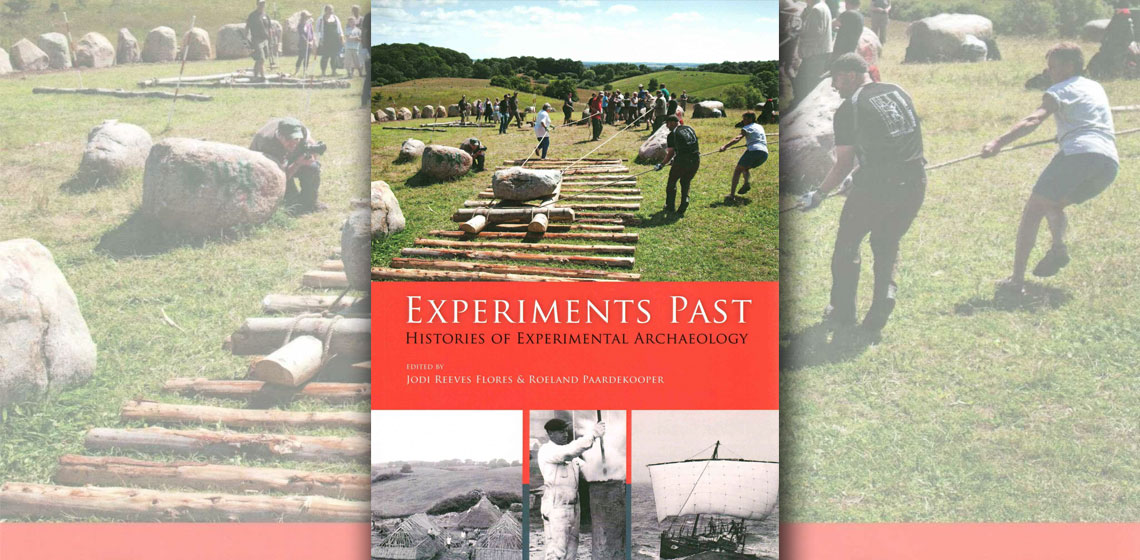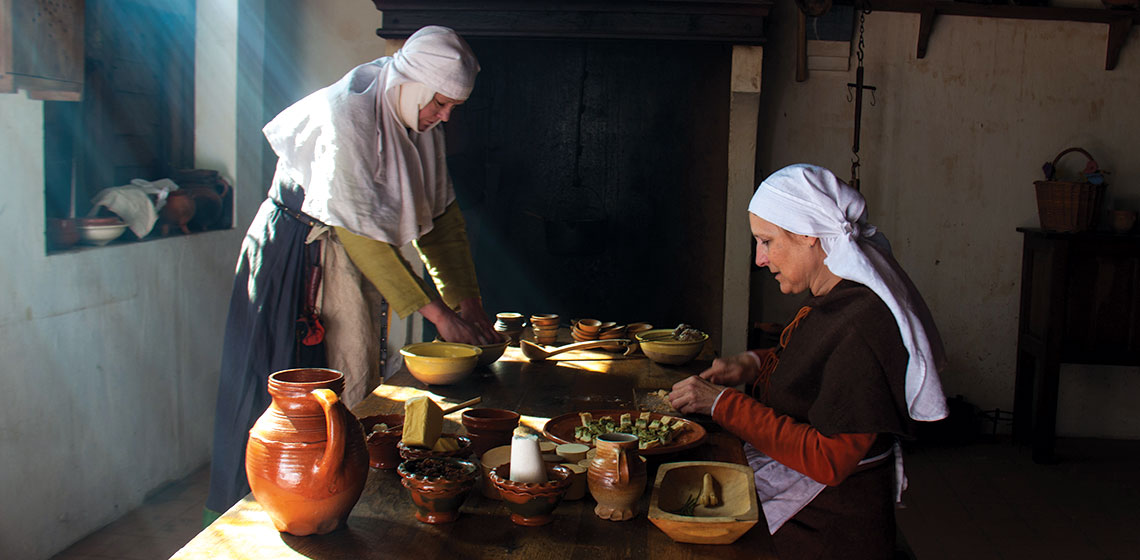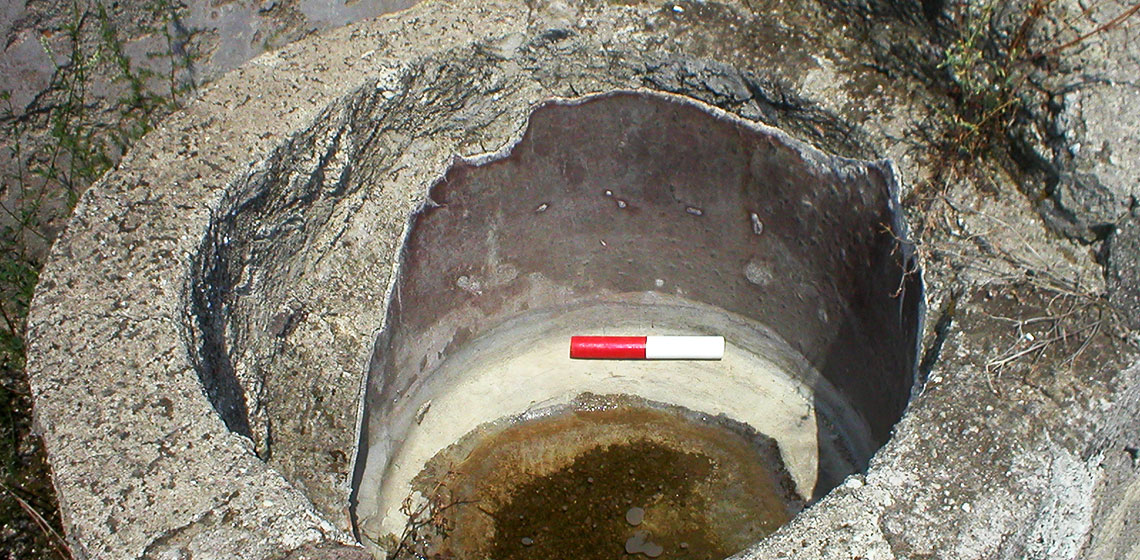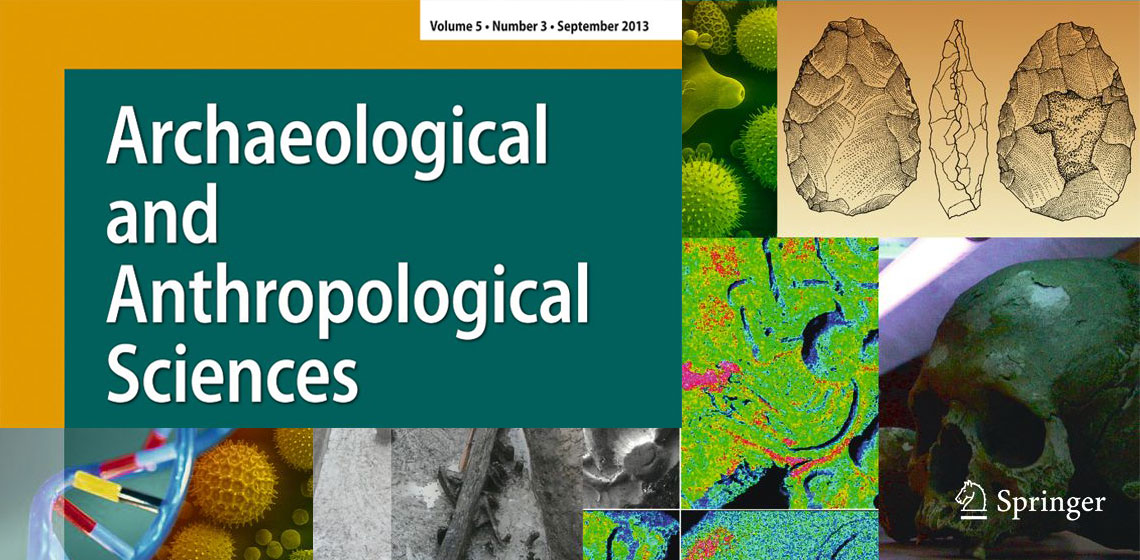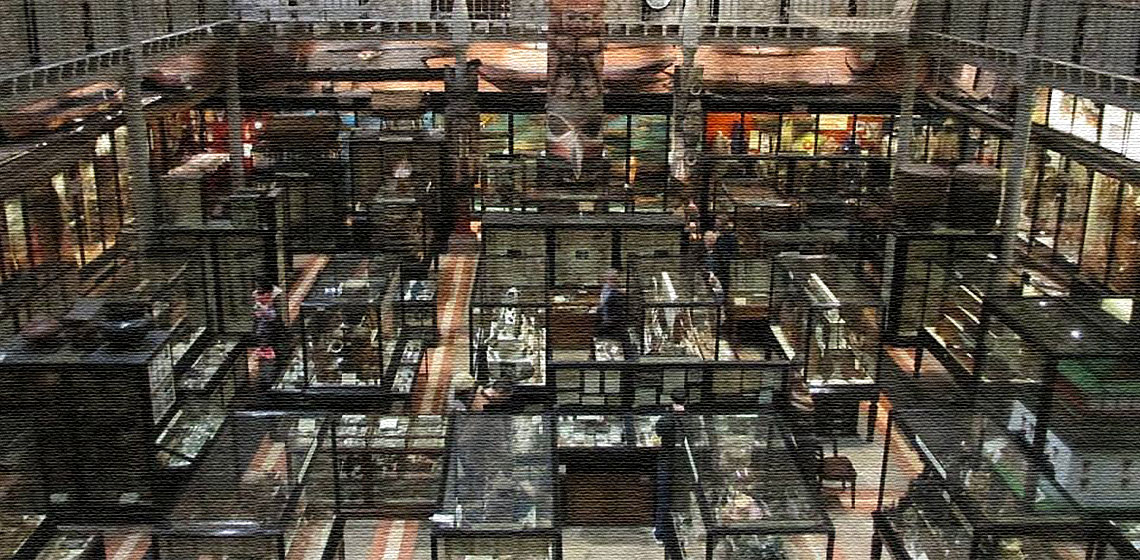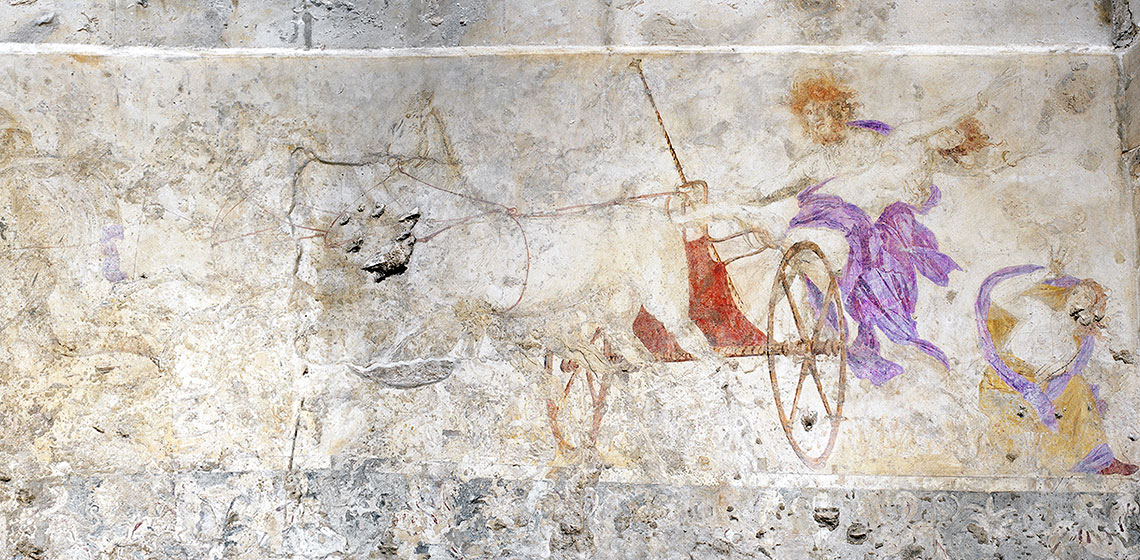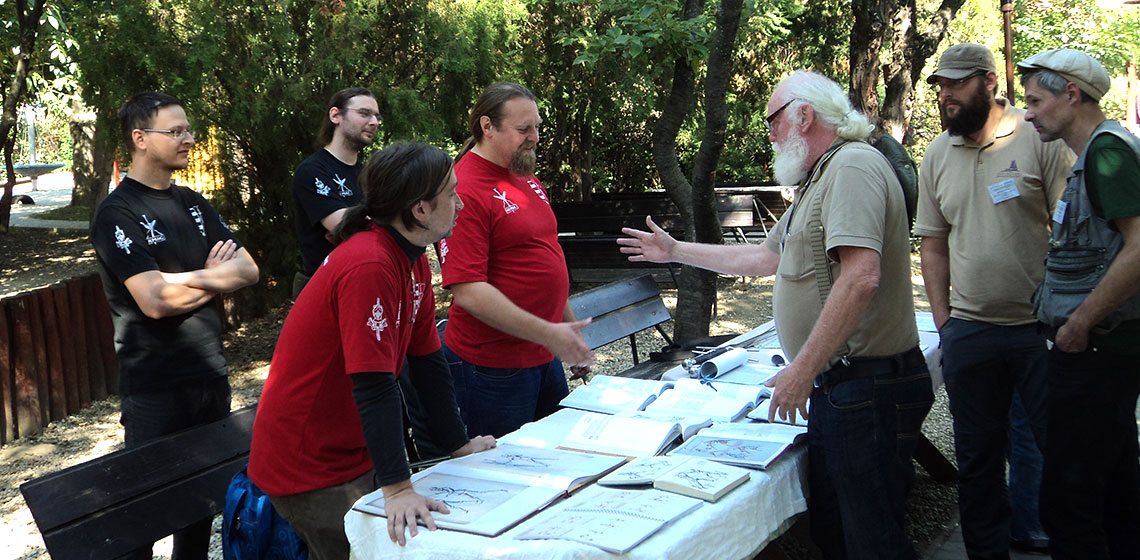Roman Era
Book Review: Experimentelle Archäologie in Europa, Bilanz 2012
Publication Date
Annual Proceedings of the EXAR Tagung
***According to James Mathieu in 2002, experimental archaeology is “A subfield of archaeological research which employs a number of different methods, techniques, analyses and approaches within the context of a controllable imitative experiment to replicate past phenomena...
***According to James Mathieu in 2002, experimental archaeology is “A subfield of archaeological research which employs a number of different methods, techniques, analyses and approaches within the context of a controllable imitative experiment to replicate past phenomena...
Book Review: Performing Heritage: Research, Practice and Innovation in Museum Theatre and Live Interpretation by Anthony Jackson & Jenny Kidd (eds)
Publication Date
This useful text brings together recent thinking about museum theatre and the performance of heritage, offering a range of international case studies to its readers as evidence of the discipline’s usefulness in interpreting the past for visitors...
Book Review: "Experiments Past" Edited by Jodi Reeves Flores & Roeland P. Paardekooper
Publication Date
The publication in 1979 of the John Coles’ book Experimental Archaeology can be called the vademecum of the experimental archaeology. Many particular experiments have been published since then, such as A Bibliography of Replicative Experiments in Archaeology (Graham et al. 1972) and...
From the Minutes of “Universities & Experimental Archaeology” Roundtable Discussion 7th May 2014
Publication Date
EXARC, Experimenta and the Universidad Autónoma de Madrid invited several universities to a round table meeting in Madrid, in May 2014. EXARC's aim was to bring colleagues into one room to share their experiences in handling experimental archaeology from an academic perspective...
Event Review: Food Workshop in Archeon at the OpenArch conference 2013
Publication Date
OpenArch Dialogue with Skills Issue
***Food and drink are basic needs for every human being. From the perspective of our modern culinary practices, with all its specialities and customs, the traditional cuisines, and especially the pre- and protohistoric dishes, seem not only very far away, but also very primitive and have a negative connotation...
***Food and drink are basic needs for every human being. From the perspective of our modern culinary practices, with all its specialities and customs, the traditional cuisines, and especially the pre- and protohistoric dishes, seem not only very far away, but also very primitive and have a negative connotation...
Investigating the Influence of the Kettle Material on Dyeing in the Industry of Pompeii
Publication Date
7th UK EA Conference Cardiff 2013
***Dyeing, especially in bright, intense colours, has been one of the methods used to embellish textiles and add to their value. A considerable dyeing industry can be shown to have existed in Pompeii. The city of Pompeii was destroyed in a volcanic eruption in AD 79, but its remains were preserved in situ...
***Dyeing, especially in bright, intense colours, has been one of the methods used to embellish textiles and add to their value. A considerable dyeing industry can be shown to have existed in Pompeii. The city of Pompeii was destroyed in a volcanic eruption in AD 79, but its remains were preserved in situ...
Book Review: Archaeological and Anthropological Sciences by L. Shillito, E. Fairnell and H. S. Williams (eds)
Publication Date
A set of eleven articles resulting from the call for papers for the Sixth UK Experimental Archaeology Conference (held in York in January 2012) is now published in a special issue of the Journal of Archaeological and Anthropological Sciences...
Conference Review: 8th Experimental Archaeology Conference, Oxford 2014
Publication Date
EAC Conferences
***The conference unofficially began in the Royal Blenheim pub at 6 pm on Thursday evening. Conference staff and attendees filtered in throughout the evening eventually filling the back room. The pub had excellent food and a good variety of local ales. Those who managed to brave the flooding introduced themselves and got to know...
***The conference unofficially began in the Royal Blenheim pub at 6 pm on Thursday evening. Conference staff and attendees filtered in throughout the evening eventually filling the back room. The pub had excellent food and a good variety of local ales. Those who managed to brave the flooding introduced themselves and got to know...
Reproducing the Wall Painting of the Abduction of Persephone (Vergina-Macedonia): Conditions and Restrictions for a Successful Archaeological Experiment
Publication Date
Research on the technique of fresco painting in Macedonian tombs of the late classical period, is currently in progress through the experimental reproduction of the mural the Tomb of Persephone in the Grand Tumulus of Vergina. The purpose of the research is to identify the techniques used by ancient craftspeople, their tools, materials and ...
Conference Review: Live Interpretation, 2013 EXARC’s Meeting in Hungary
Publication Date
In early September 2013, EXARC, in collaboration with Csiki Pihenökert, hosted a meeting in Hungary with the theme Live Interpretation in Open-air Venues. This continued the discussions held one year earlier in Foteviken, Sweden which focused on museum theatre and other forms of live interpretation...

